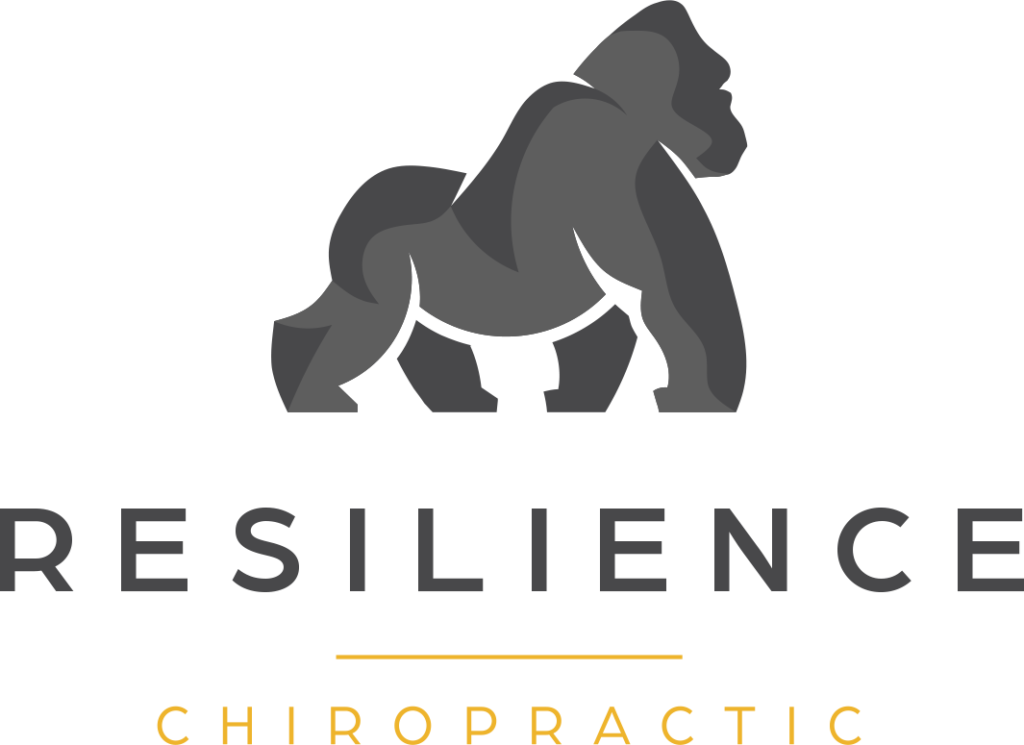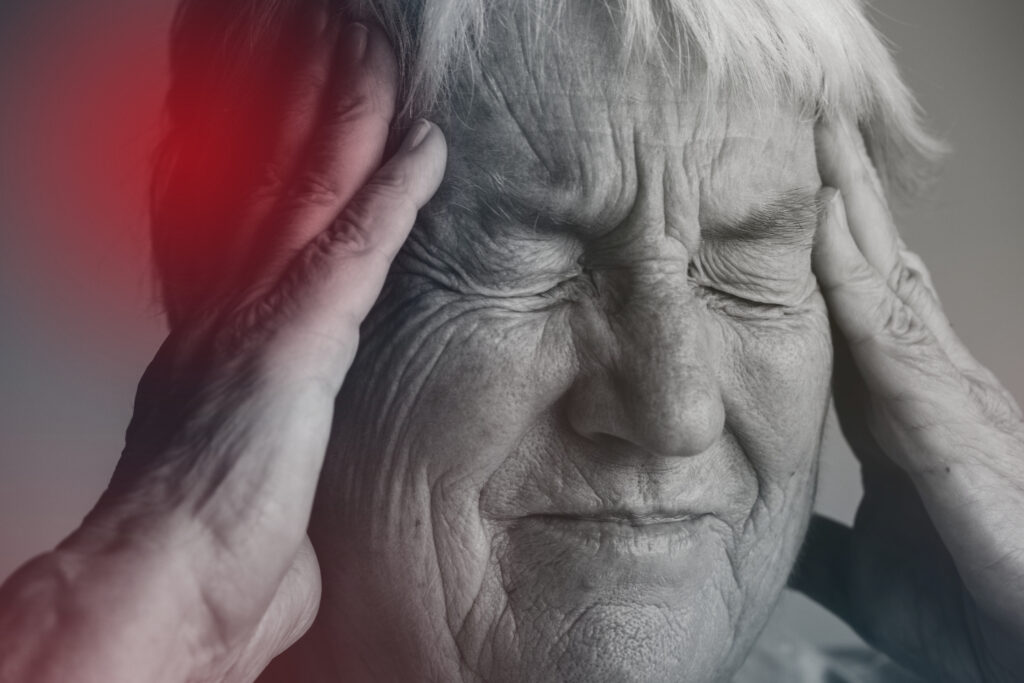As you think about athlete recovery in 2025, consider how emerging technologies will reshape personalized strategies. You'll likely encounter advanced wearables that track not just physical metrics but also mental health indicators, making recovery a multi-faceted approach. With an increasing focus on holistic methods, from nutrition to sleep optimization, the landscape will demand that you adapt to meet athletes' unique needs. But what does this mean for traditional recovery methods, and how can you integrate these innovations effectively? The answers might surprise you.
Emerging Technologies in Recovery
Athletes increasingly rely on emerging technologies to enhance their recovery processes. You'll find that innovations like cryotherapy, infrared therapy, and electrical stimulation devices are becoming staples in training facilities. These technologies help reduce muscle soreness, speed up healing, and improve overall recovery time, allowing you to get back to peak performance quicker.
With cryotherapy, for instance, you expose your body to extremely cold temperatures for short periods. This method reduces inflammation and can greatly alleviate pain, making it a favorite among athletes.
You might also consider infrared therapy, which uses specific wavelengths of light to penetrate deep into tissues, promoting blood flow and accelerating recovery at the cellular level.
Another game-changer is electrical stimulation devices. These gadgets mimic natural muscle contractions, helping you maintain muscle strength and prevent atrophy during recovery periods. As you use these technologies, you'll notice how they can complement your training regimen, making your recovery more efficient and effective.
Wearable technology is also on the rise, providing real-time data about your body's condition. Smartwatches and fitness trackers can monitor heart rate variability, sleep patterns, and muscle tension, offering insights that help you tailor your recovery strategies.
Personalized Nutrition Strategies
As recovery technologies advance, so does the understanding of how nutrition plays a pivotal role in an athlete's performance and recovery.
Personalized nutrition strategies are becoming essential tools for athletes looking to maximize their recovery. No longer can you rely on generic meal plans; it's time to tailor your nutrition to your unique needs.
Here's how to do it effectively:
- Assess Your Goals: Start by identifying your specific recovery goals. Are you looking to reduce inflammation, build muscle, or enhance endurance? Knowing your objectives will help you choose the right nutrients.
- Monitor Your Body's Response: Track how different foods affect your energy levels, recovery times, and overall performance. Use apps or journals to log your meals and how you feel afterward, which can provide insights into what works best for you.
- Incorporate Nutrient Timing: Timing your nutrient intake can greatly impact your recovery. Make sure to consume a balance of carbohydrates and proteins shortly after workouts, and don't forget to hydrate.
Importance of Sleep Optimization
Sleep plays an essential role in your recovery process, influencing everything from muscle repair to mental clarity. When you're asleep, your body goes into repair mode, working hard to heal and rejuvenate. This is when growth hormone levels peak, aiding in muscle recovery and rebuilding.
If you skimp on sleep, you're not only risking injury but also hindering your progress.
To optimize your sleep, create a consistent sleep schedule. Going to bed and waking up at the same time each day, even on weekends, helps regulate your body's internal clock. Aim for 7-9 hours of quality sleep each night, as this range is vital for peak performance and recovery.
Your sleep environment matters too. Make your bedroom a sanctuary for rest: keep it cool, dark, and quiet. Consider using blackout curtains and white noise machines if necessary.
Avoid screens before bedtime, as the blue light emitted can disrupt your melatonin production, making it harder to fall asleep.
Pay attention to your pre-sleep routine. Engaging in relaxing activities, such as reading or stretching, can help signal to your body that it's time to wind down.
Additionally, be mindful of your intake of caffeine and heavy meals in the hours leading up to bedtime.
Mental Recovery Techniques
When it comes to mental recovery, mindfulness meditation practices can really help you regain focus and calm your mind.
Additionally, using visualization techniques can enhance your performance by creating a mental blueprint of success.
Let's explore how these strategies can elevate your recovery game.
Mindfulness Meditation Practices
Mindfulness meditation has emerged as a powerful tool for athletes seeking mental recovery and enhanced focus. By incorporating mindfulness into your training regimen, you can cultivate a heightened awareness of your thoughts and emotions, which can lead to improved performance.
Here are three simple mindfulness practices you can start today:
- Breath Awareness: Find a quiet space, sit comfortably, and focus on your breath. Inhale deeply through your nose, hold for a moment, then exhale slowly through your mouth. Do this for five minutes, allowing your mind to settle.
- Body Scan: Lie down comfortably and mentally scan your body from head to toe. Notice any areas of tension or discomfort. As you breathe, visualize relaxation flowing into those areas, releasing built-up stress.
- Gratitude Reflection: Spend a few minutes each day reflecting on what you're grateful for in your athletic journey. It could be your supportive teammates, recent achievements, or the joy of competing. This practice can shift your mindset and enhance your emotional resilience.
Integrating these mindfulness techniques can greatly enhance your mental recovery and overall performance as an athlete.
Visualization for Performance Enhancement
Visualization is a powerful mental recovery technique that can greatly enhance your athletic performance. By creating vivid mental images of your desired outcomes, you can train your brain to focus on success, boosting your confidence and motivation. When you visualize, you're not just imagining; you're engaging all your senses to make the experience as real as possible.
To get started, find a quiet space where you won't be disturbed. Close your eyes and take deep breaths to center yourself. Picture yourself performing your sport at your best—feel the adrenaline, hear the crowd, and see every move you make. Focus on the details, from your technique to your emotions.
This practice helps reinforce neural pathways in your brain, making it easier to access peak performance during actual competition.
Try to incorporate visualization into your daily routine, spending just a few minutes each day. You'll find that as you practice, your self-belief will grow, and you'll be more resilient under pressure.
Wearable Recovery Devices
Harnessing the latest advancements in technology, athletes are increasingly turning to wearable recovery devices to optimize their post-training routines.
These devices offer real-time insights into your body's recovery state, helping you make informed decisions for enhanced performance. By integrating these tools into your regimen, you can guarantee you're not just training hard but also recovering smart.
Here are three key benefits of using wearable recovery devices:
1. Continuous Monitoring: These devices track metrics like heart rate variability, sleep quality, and muscle tension, providing a thorough view of your recovery status.
You'll get alerts when it's time to rest or when you're ready to push harder.
2. Personalized Feedback: With advanced algorithms, wearable devices analyze your data and offer tailored recommendations.
This means you'll receive guidance on hydration, nutrition, and even specific recovery exercises suited to your needs.
3. Enhanced Performance Metrics: By keeping tabs on your recovery, you can avoid overtraining and reduce the risk of injury.
This leads to better performance in the long run, as you'll be able to train more effectively without burning out.
Incorporating wearable recovery devices into your routine isn't just about tracking progress; it's about understanding your body on a deeper level.
As technology continues to evolve, these devices will play an even greater role in how you approach recovery, guaranteeing you're always at the top of your game.
Holistic Recovery Approaches
When it comes to recovery, you're not just looking at physical strategies; nutritional choices and mental health techniques are equally important.
Incorporating a balanced diet can greatly impact your recovery time and overall performance.
Plus, addressing your mental well-being can enhance focus and resilience, making you a stronger athlete.
Nutritional Strategies for Recovery
Understanding the essential role of nutrition in recovery can greatly enhance an athlete's performance and well-being. When you prioritize your nutritional strategies, you'll not only fuel your body but also expedite your recovery process.
Here are three key components to focus on:
- Hydration: Staying adequately hydrated helps maintain ideal muscle function and reduces the risk of cramping. Aim for water and electrolyte-rich beverages to replenish lost fluids.
- Protein Intake: Consuming high-quality protein post-workout is vital. It aids in muscle repair and growth. Think about incorporating lean meats, fish, eggs, or plant-based options like beans and lentils into your meals.
- Carbohydrate Timing: Carbs are essential for replenishing glycogen stores after intense training. Include complex carbohydrates like whole grains, fruits, and vegetables in your recovery meals to provide sustained energy.
Mental Health Techniques
A significant aspect of recovery that often gets overlooked is mental health, which plays an essential role in an athlete's overall performance and resilience. To enhance your recovery, consider incorporating techniques that focus on mental well-being.
Practicing mindfulness can be particularly beneficial; it helps you stay present, reduce anxiety, and improve focus. Start with simple breathing exercises or meditation to clear your mind and recharge.
Visualization techniques can also aid your mental recovery. Imagine yourself succeeding in your sport; this mental rehearsal can build confidence and reduce performance anxiety.
Regularly setting aside time for self-reflection allows you to process experiences, both positive and negative. Journaling can be an effective tool for this practice.
Moreover, fostering strong social connections can enhance your mental health. Surround yourself with supportive teammates, coaches, and friends who understand your journey. Engaging in open conversations about your feelings can alleviate stress and promote a sense of belonging.
Finally, don't hesitate to seek professional help if you're struggling. Sports psychologists can provide tailored strategies to bolster your mental resilience, ensuring you're not just physically prepared but mentally ready to face challenges head-on.
Conclusion
In 2025, maximizing your recovery isn't just about physical training; it's about embracing a holistic approach that includes personalized nutrition, sleep optimization, and mental health strategies. By leveraging emerging technologies and wearable devices, you can monitor your progress and make informed decisions that enhance your performance. Prioritizing these aspects will not only speed up your recovery but also elevate your athletic potential. Stay ahead of the game and invest in an all-encompassing recovery plan tailored just for you.



